Home>Articles>Safety Precautions When Using A Mobile Ladder With Handrails
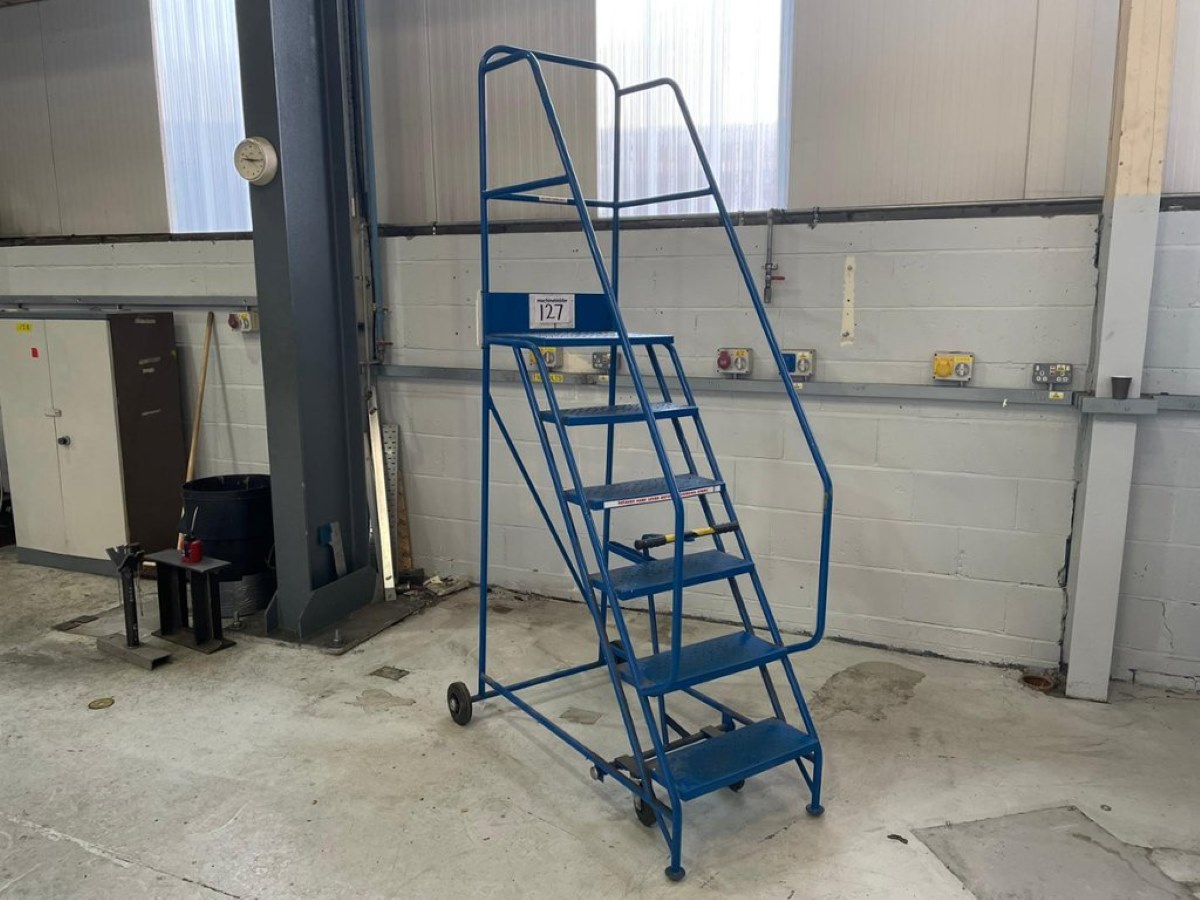

Articles
Safety Precautions When Using A Mobile Ladder With Handrails
Modified: December 7, 2023
Discover helpful articles on when to use a mobile ladder with handrails to ensure user safety and efficiency. Learn more now!
(Many of the links in this article redirect to a specific reviewed product. Your purchase of these products through affiliate links helps to generate commission for Storables.com, at no extra cost. Learn more)
Introduction
Mobile ladders with handrails play a crucial role in ensuring the safety of employees and workers in various industries. These specially designed ladders provide stability, support, and a secure handhold for individuals while they climb and descend. Whether it’s in warehouses, construction sites, or other work environments, using a mobile ladder with handrails is essential for preventing accidents and injuries.
The presence of handrails on a mobile ladder significantly enhances its safety features. Handrails provide users with a stable grip, reducing the risk of slips and falls. They also serve as a physical barrier, preventing workers from accidentally stepping off the ladder and providing an additional point of contact for added stability.
When using a mobile ladder with handrails, it is essential to follow best practices to ensure the safety of the user and those around them. This article will delve into the importance of handrails on mobile ladders, explore the best practices for using them, provide guidance on proper climbing and descending techniques, highlight precautions and safety measures, and touch on the maintenance and inspection of these ladders.
By understanding the importance of handrails on mobile ladders and implementing the recommended practices, employers and workers can create a safe working environment where accidents and injuries are minimized.
Key Takeaways:
- Prioritize the use of mobile ladders with handrails to enhance stability, prevent falls, and comply with safety regulations, creating a safer work environment for employees in various industries.
- Implement best practices, proper climbing techniques, and safety measures when using mobile ladders with handrails to minimize accidents, prioritize safety, and ensure a secure working environment.
Importance of Handrails on Mobile Ladders
Handrails play a vital role in enhancing the safety and stability of mobile ladders. They provide users with an added level of support and security, significantly reducing the risk of accidents and injuries. Here are some key reasons why handrails are important on mobile ladders:
- Improved Stability: One of the primary benefits of handrails on mobile ladders is the enhanced stability they offer. The presence of handrails allows users to have a secure grip, minimizing the chances of slips and falls. This is especially crucial when working at heights or on uneven surfaces where even the slightest loss of balance can have severe consequences.
- Prevention of Accidental Falls: Handrails act as a physical barrier that prevents workers from accidentally stepping off the ladder. They serve as a constant reminder of the ladder’s edges, reducing the risk of missteps and falls. This is particularly important when individuals are carrying tools or equipment while climbing or descending the ladder.
- Additional Support: Mobile ladders with handrails provide users with an additional point of contact for support and balance. This is especially beneficial for individuals who may have reduced mobility or strength. The handrails offer a secure and comfortable grip, enabling users to navigate the ladder safely and confidently.
- Compliance with Safety Regulations: Many occupational safety regulations and standards require the use of handrails on mobile ladders. By adhering to these regulations, employers demonstrate their commitment to ensuring a safe working environment and avoid potential fines or penalties for non-compliance.
It is important to note that handrails should be designed and installed according to industry standards and guidelines. They should be sturdy, non-slip, and able to withstand the weight and force applied during use. Additionally, handrails should be positioned at a comfortable height, allowing users to maintain a natural posture while gripping them.
Overall, the presence of handrails on mobile ladders is essential for providing enhanced stability, preventing accidental falls, offering additional support, and ensuring compliance with safety regulations. Employers and workers must recognize the importance of handrails and prioritize their use when using mobile ladders in various work settings.
Best Practices for Using a Mobile Ladder with Handrails
Using a mobile ladder with handrails requires following certain best practices to ensure the safety of users. By adhering to these guidelines, the risk of accidents and injuries can be significantly minimized. Here are some best practices to consider:
- Choose the Right Ladder: Selecting the appropriate mobile ladder with handrails for the task at hand is essential. Consider factors such as height, weight capacity, and the intended use of the ladder. Ensure that the ladder is in good condition, free from defects or damage, and meets safety standards.
- Inspect the Ladder: Before using the ladder, perform a thorough inspection to ensure it is in good working condition. Check for any loose steps, damaged handrails, or other signs of wear and tear. If any issues are found, take the ladder out of service and report it to the responsible authority for repair or replacement.
- Place the Ladder on a Stable Surface: Before ascending the ladder, ensure that it is placed on a stable and level surface. Avoid using ladders on slippery or uneven surfaces, as this can compromise stability. If needed, use appropriate leveling devices or stabilizers to ensure a secure footing.
- Secure the Ladder: It is crucial to secure the ladder in place before use. Lock the wheels or engage any brakes to prevent accidental movement. Additionally, consider using stabilizing straps or outriggers if required for added stability, especially when working at higher heights.
- Maintain Three-Point Contact: When climbing, descending, or working on a mobile ladder with handrails, always maintain three-point contact. This means keeping two hands and one foot, or two feet and one hand, in contact with the ladder at all times. This provides stability and reduces the risk of falling.
- Face the Ladder: Always face the ladder while climbing or descending. Avoid twisting or reaching out too far, as it can lead to loss of balance and potential falls. If additional tools or equipment are needed, use a tool belt or hoist them up securely rather than carrying them while on the ladder.
- Do Not Overreach: It is important to avoid overreaching while on a mobile ladder with handrails. Keep your body centered between the handrails, and if a particular area is out of reach, reposition the ladder instead of stretching or leaning excessively.
- Use Caution on the Top Step: The top step of a mobile ladder with handrails is not intended for standing. Be cautious and do not use it as a work platform. Extend your hand above the ladder or use a longer tool if necessary to avoid leaning or stepping on the top step.
- Follow Load Capacity Limits: Mobile ladders have load capacity limits that should not be exceeded. Ensure that both you and any equipment or tools you are carrying on the ladder fall within these limits. Overloading the ladder can compromise its stability and increase the risk of accidents.
- Communicate and Be Aware of Surroundings: Maintain open communication with other workers in the vicinity of the ladder. Be aware of your surroundings and avoid placing the ladder in high traffic areas or near potential hazards.
By following these best practices, users of mobile ladders with handrails can ensure a safer working environment and reduce the risk of accidents. Safety should always be the top priority when using ladders in any work setting.
Proper Technique for Climbing and Descending a Mobile Ladder with Handrails
Climbing and descending a mobile ladder with handrails requires a proper technique to ensure safety and stability. Following these guidelines will help minimize the risk of accidents and injuries:
- Preparation: Before ascending the ladder, ensure that you are wearing appropriate footwear with non-slip soles. Remove any loose or bulky items from your pockets that could hinder your movement or stability.
- Face the Ladder: Stand facing the ladder with one hand firmly gripping the handrail at shoulder level. Maintain a secure grip at all times and keep your body centered between the handrails.
- Step-Up Technique: When climbing, ascend one step at a time, placing your feet securely on each step. Use the handrails for support and maintain three-point contact (two hands and one foot on the ladder) throughout the entire climbing process.
- Use Alternating Feet: Ascend the ladder by using an alternating foot technique. This means stepping up with one foot followed by the other foot on the next step. Be mindful of maintaining a secure grip on the handrails while transitioning between steps.
- Take Your Time: Avoid rushing when ascending the ladder. Take small, deliberate steps and ensure that each foot is securely planted on the step before moving to the next. Do not skip steps or try to climb multiple steps at once, as it increases the risk of losing balance and falling.
- Descend One Step at a Time: When descending the ladder, use the same technique as ascending – one step at a time. Face the ladder, maintain three-point contact, and keep your body centered. Use the handrails for support and carefully lower yourself down, focusing on each step as you descend.
- Watch Your Footing: Pay close attention to where you place your feet when climbing and descending. Ensure that each foot is firmly positioned on the step before shifting your weight. Avoid stepping on the edge of the steps or on the handrails, as these are not intended for weight-bearing.
- Engage the Handrails: Throughout the entire process of climbing and descending, always maintain a firm grip on the handrails. The handrails provide crucial support and stability, and using them properly will help minimize the risk of slips and falls.
- Face the Ladder When Descending: Just as you face the ladder when climbing, make sure to face the ladder when descending as well. This allows you to maintain balance and keep a secure grip on the handrails while descending backward.
- Land Safely: When you reach the bottom of the ladder, ensure that you have a stable footing before letting go of the handrails. Step away from the ladder and maintain balance before moving on to your next task.
Remember, safety should always be the top priority when using a mobile ladder with handrails. By following the proper climbing and descending techniques outlined above, you can minimize the risk of accidents and ensure a secure and stable experience while using the ladder.
When using a mobile ladder with handrails, always make sure the handrails are securely in place before climbing. This will provide extra stability and support while using the ladder.
Precautions and Safety Measures when Using a Mobile Ladder with Handrails
Using a mobile ladder with handrails requires taking certain precautions and implementing safety measures to ensure the well-being of both users and those around them. By following these guidelines, the risk of accidents and injuries can be significantly reduced:
- Proper Training: Ensure that all individuals who will be using the mobile ladder with handrails are properly trained on its safe use. This includes understanding the correct climbing and descending techniques, as well as knowledge of any specific precautions and safety measures.
- Clear Workspace: Before using the ladder, clear the surrounding area of any obstructions or tripping hazards. Ensure that there is enough space for the ladder to be fully extended and that there are no overhead obstacles that could interfere with safe ladder usage.
- Avoid Overreaching: Overreaching while on a ladder can lead to loss of balance and potentially dangerous falls. Always keep your body centered between the handrails and avoid stretching or leaning out too far. If a particular area is out of reach, reposition the ladder instead of overreaching.
- Never Stand on the Handrails: The handrails on a mobile ladder are designed to provide stability and support, not as a platform for standing or working. Never attempt to stand or lean on the handrails, as this can compromise their structural integrity and increase the risk of accidents.
- Be Mindful of Weight Capacity: Every mobile ladder has a designated weight capacity that should not be exceeded. Ensure that both you and any equipment you are carrying fall within this limit. Overloading the ladder can compromise its stability and pose a significant safety risk.
- Avoid Sudden Movements: When climbing or descending the ladder, avoid making sudden or jerky movements that may throw off your balance. Take your time, move deliberately, and ensure that each foot is securely planted on the ladder before shifting your weight.
- Never Leave the Ladder Unattended: Do not leave a mobile ladder with handrails unattended, especially if it is on wheels. If you need to leave the ladder temporarily, ensure that it is secured to prevent accidental movement or tipping.
- Keep the Ladder Clean and Dry: Ensure that the ladder and its steps are clean and free from any debris or substances that may cause slipping. If the ladder becomes wet or slippery during use, take a break and clean it thoroughly before continuing.
- Avoid Using in Adverse Weather Conditions: It is best to avoid using a mobile ladder with handrails in adverse weather conditions such as strong winds, heavy rain, or icy surfaces. These conditions can compromise stability and increase the risk of accidents. If you must use the ladder, take extra precautions and ensure that the ladder remains stable throughout.
- Periodic Inspection: Regularly inspect the ladder for any signs of damage, wear, or defects. Check the handrails, steps, locks, and wheels to ensure that they are in proper working condition. If any issues are identified, take the ladder out of service and report it for repair or replacement.
By adhering to these precautions and implementing these safety measures, users can enhance the safety and stability of a mobile ladder with handrails. Remember to always prioritize safety and be vigilant when using any ladder in the workplace or other settings.
Maintenance and Inspection of Mobile Ladders with Handrails
Maintaining and regularly inspecting mobile ladders with handrails is crucial to ensure their continued safety and functionality. By following proper maintenance and inspection practices, potential hazards can be identified and addressed, reducing the risk of accidents. Here are some important steps to consider:
- Establish a Maintenance Schedule: Develop a maintenance schedule that includes regular inspections, cleaning, and necessary repairs for all mobile ladders with handrails in your workplace. This schedule should be followed consistently to maintain the safety of the ladders.
- Inspect Before Use: Before each use, visually inspect the ladder for any signs of damage or wear. Check the handrails, steps, locks, and wheels for any looseness, cracks, or other defects that may compromise its stability.
- Tighten Loose Connections: If any connections or fasteners on the ladder are loose, tighten them before use. Loose components can affect the ladder’s stability and pose a safety risk.
- Clean Regularly: Keep the ladder clean and free of debris, grease, or other substances that may cause slipping or interfere with the ladder’s functionality. Clean the steps, handrails, and other surfaces using mild soap, water, and a non-abrasive brush.
- Test Stability: Periodically test the stability of the ladder by gently rocking it side to side. If there is excessive movement or instability, do not use the ladder and arrange for repairs or replacement.
- Check Wheels and Locking Mechanisms: Inspect the wheels and locking mechanisms to ensure they are in proper working condition. The wheels should roll smoothly, and the locks should engage and disengage easily.
- Replace Damaged or Worn Parts: If any parts of the ladder, such as handrails or steps, are damaged or worn beyond repair, replace them promptly. Using a ladder with compromised components can compromise user safety.
- Follow Manufacturer’s Guidelines: Consult the manufacturer’s guidelines and recommendations for maintenance and inspection of the specific mobile ladder model you are using. These guidelines may include specific instructions for lubrication, storage, and other maintenance considerations.
- Document Inspections and Repairs: Keep a record of all ladder inspections and repairs conducted. Note any identified issues, repairs made, and the date of inspection. This documentation helps track the ladder’s maintenance history and ensures that inspections are performed regularly.
- Training and Education: Provide training and education for employees on proper ladder maintenance and inspection. This ensures that everyone understands their responsibilities and can actively contribute to ladder safety.
Regular maintenance and inspections of mobile ladders with handrails are crucial for identifying and addressing potential hazards. By implementing a structured maintenance program, conducting regular inspections, and promptly addressing any issues, employers can ensure the continued safety and functionality of their ladders.
Conclusion
Using a mobile ladder with handrails is essential for ensuring the safety and well-being of workers in various industries. The presence of handrails provides stability, support, and an added level of security, reducing the risk of accidents and injuries. By following best practices for using a mobile ladder with handrails, individuals can further enhance safety measures.
The importance of handrails on mobile ladders cannot be overstated. They improve stability, prevent accidental falls, offer additional support, and ensure compliance with safety regulations. Adhering to proper climbing and descending techniques, such as maintaining three-point contact and avoiding overreaching, is crucial for safe ladder use.
Precautions and safety measures should always be taken when using a mobile ladder with handrails. Clearing the workspace, avoiding sudden movements, never standing on the handrails, and keeping the ladder clean and dry are all vital in maintaining a safe working environment. Regular maintenance and inspections are essential to identify any potential issues and address them promptly.
In conclusion, prioritizing the use of mobile ladders with handrails and following the recommended practices will create a safer work environment and minimize the risk of accidents and injuries. Employers and workers should be proactive in implementing these measures to ensure the well-being of everyone involved in ladder use. By doing so, we can strive for a workplace where safety is embraced, accidents are prevented, and productivity is maximized.
Frequently Asked Questions about Safety Precautions When Using A Mobile Ladder With Handrails
Was this page helpful?
At Storables.com, we guarantee accurate and reliable information. Our content, validated by Expert Board Contributors, is crafted following stringent Editorial Policies. We're committed to providing you with well-researched, expert-backed insights for all your informational needs.
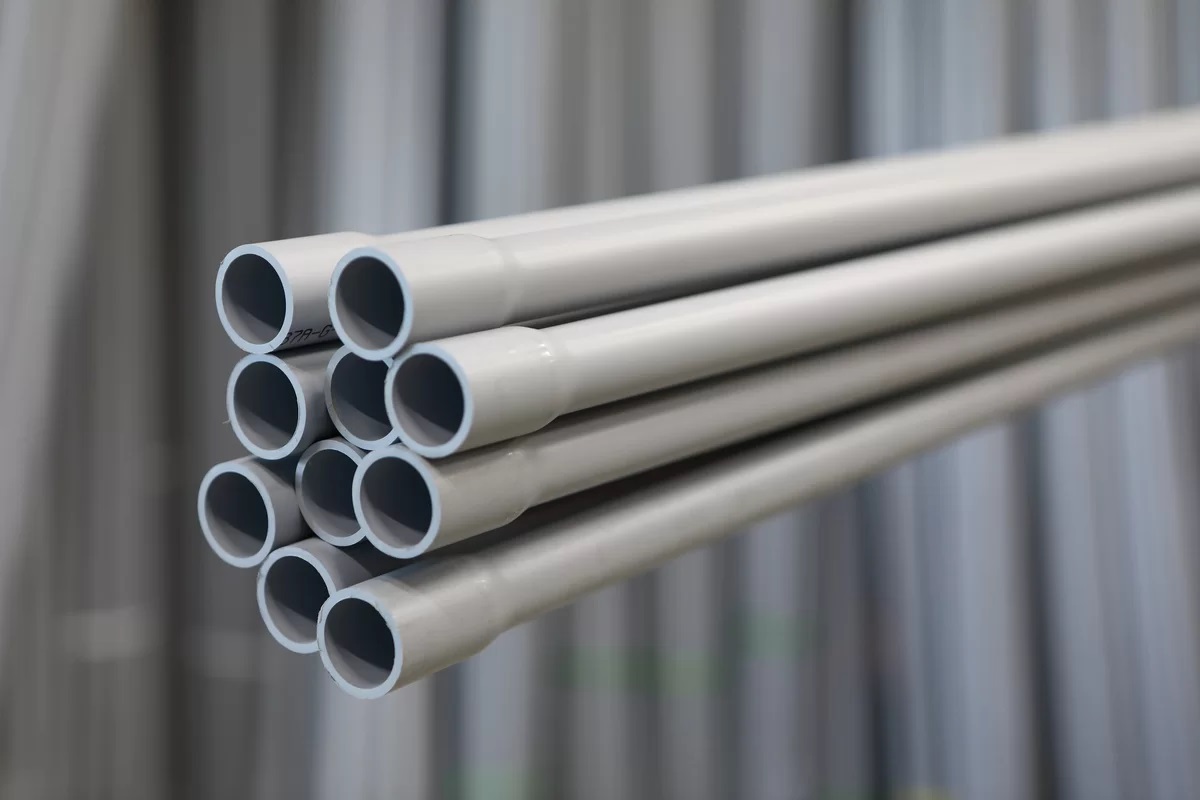

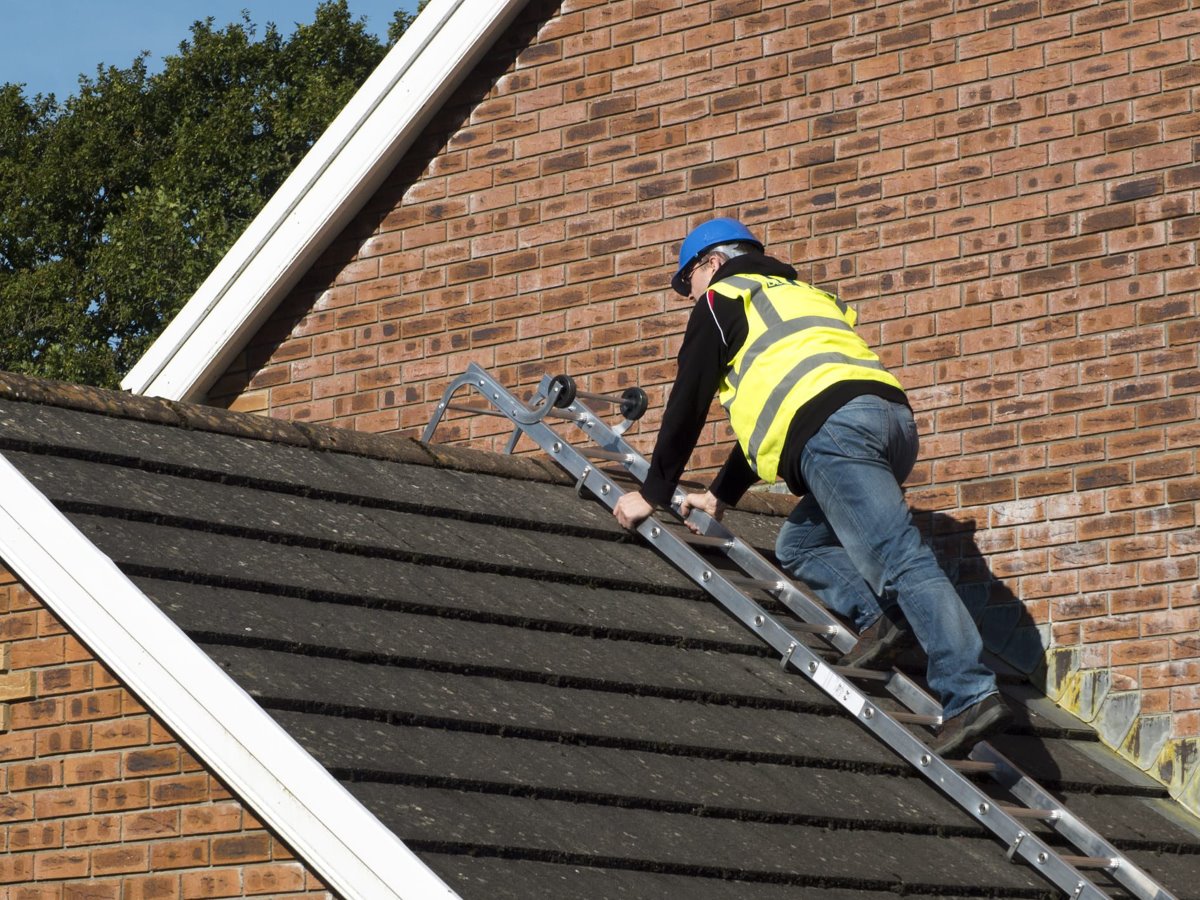
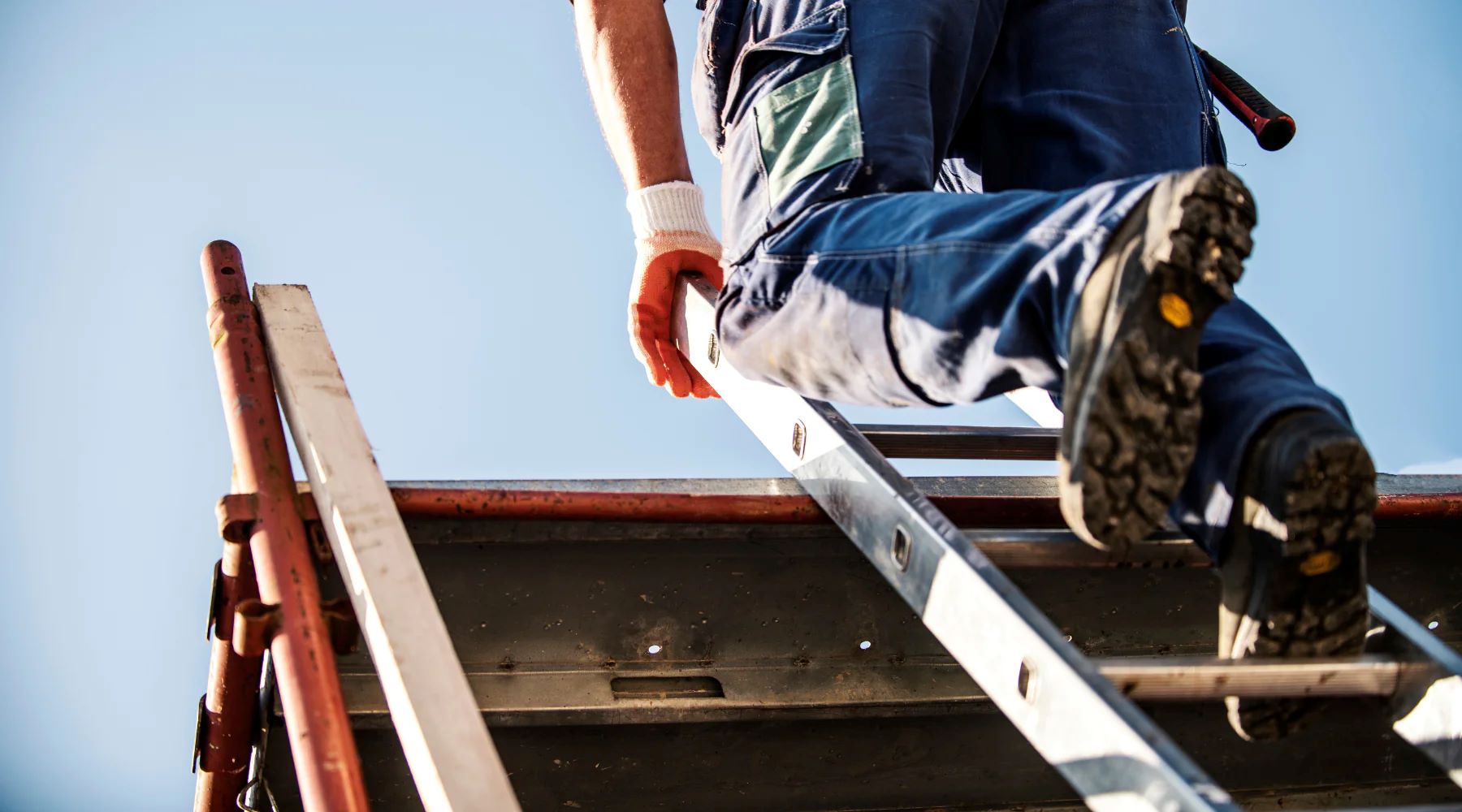

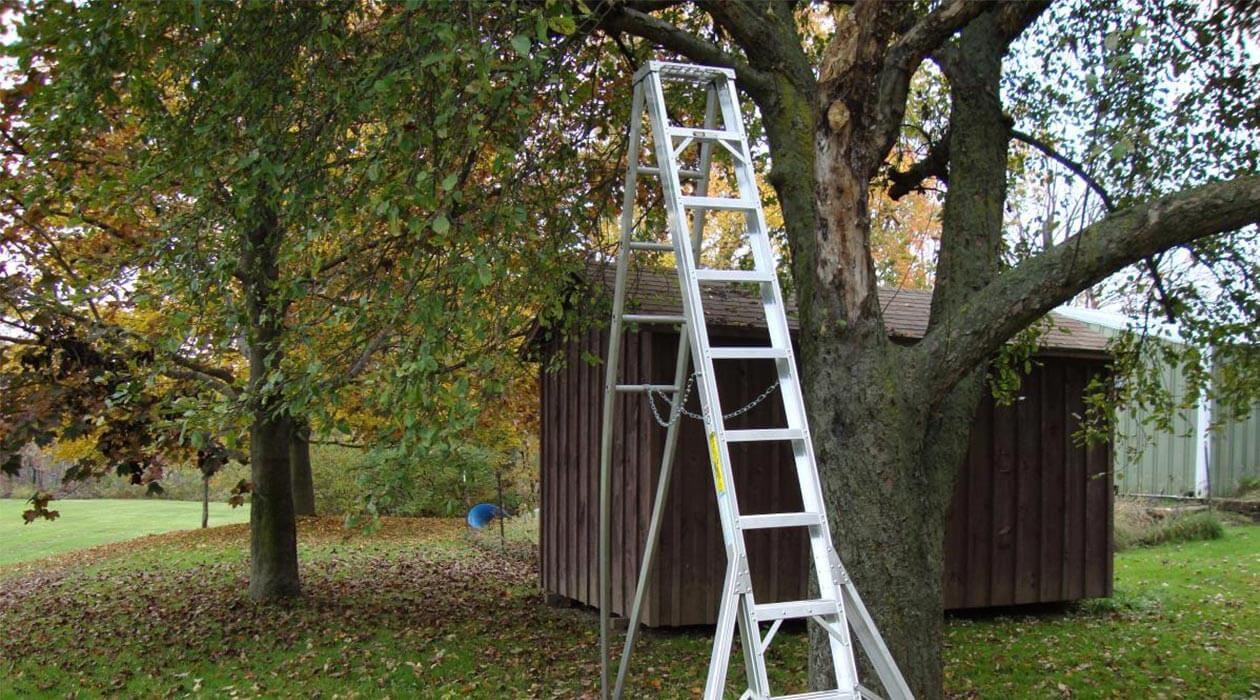
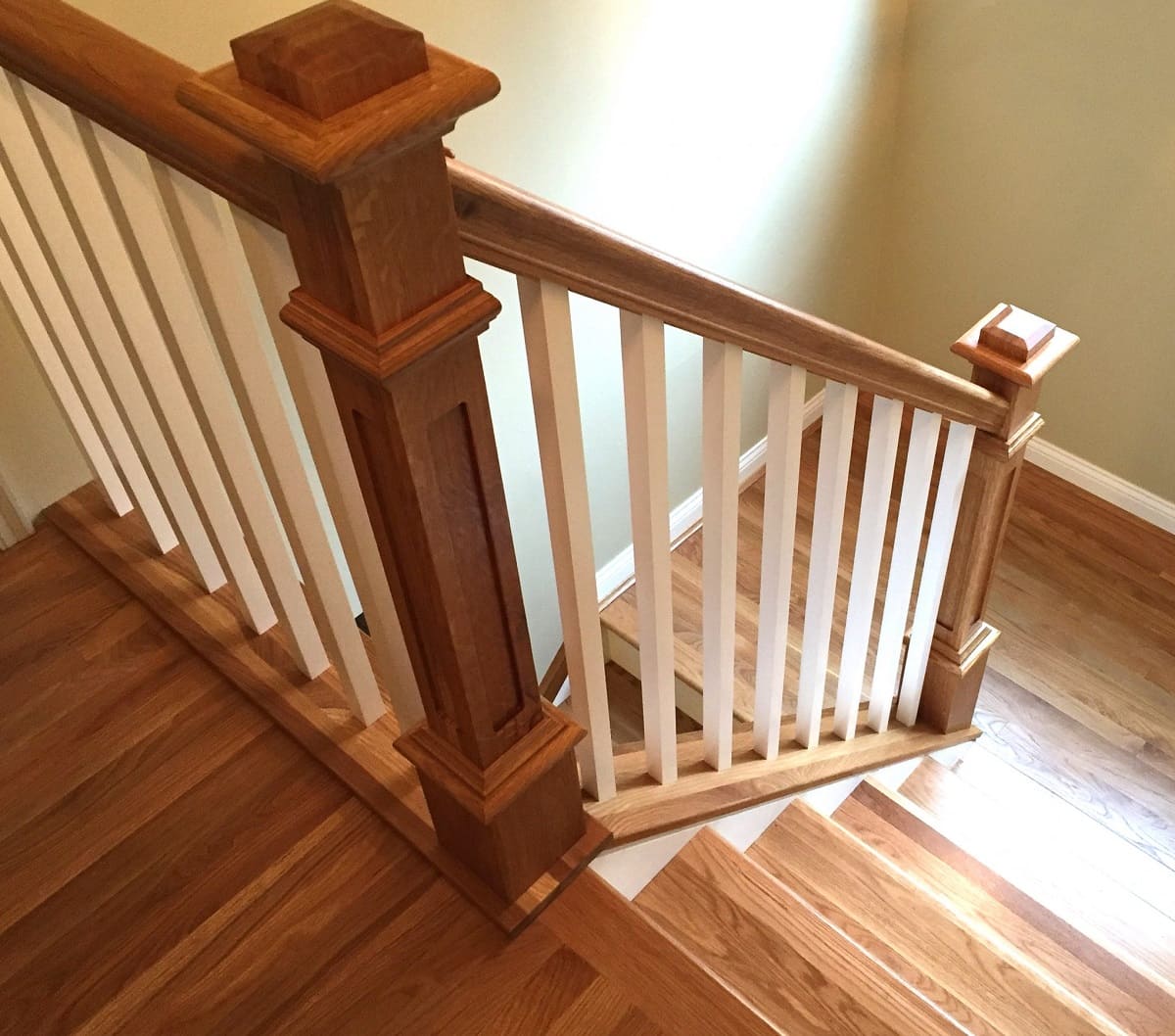
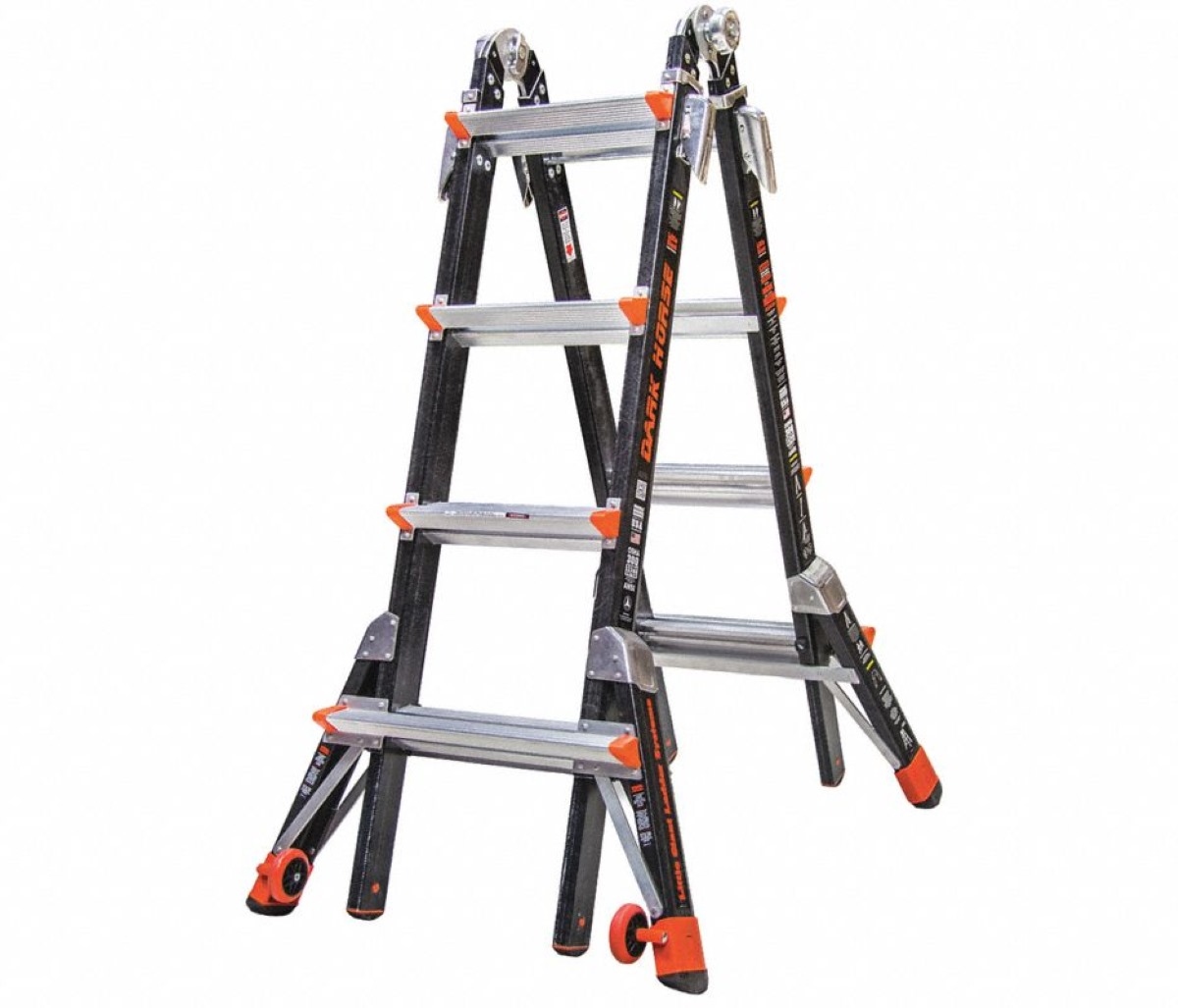
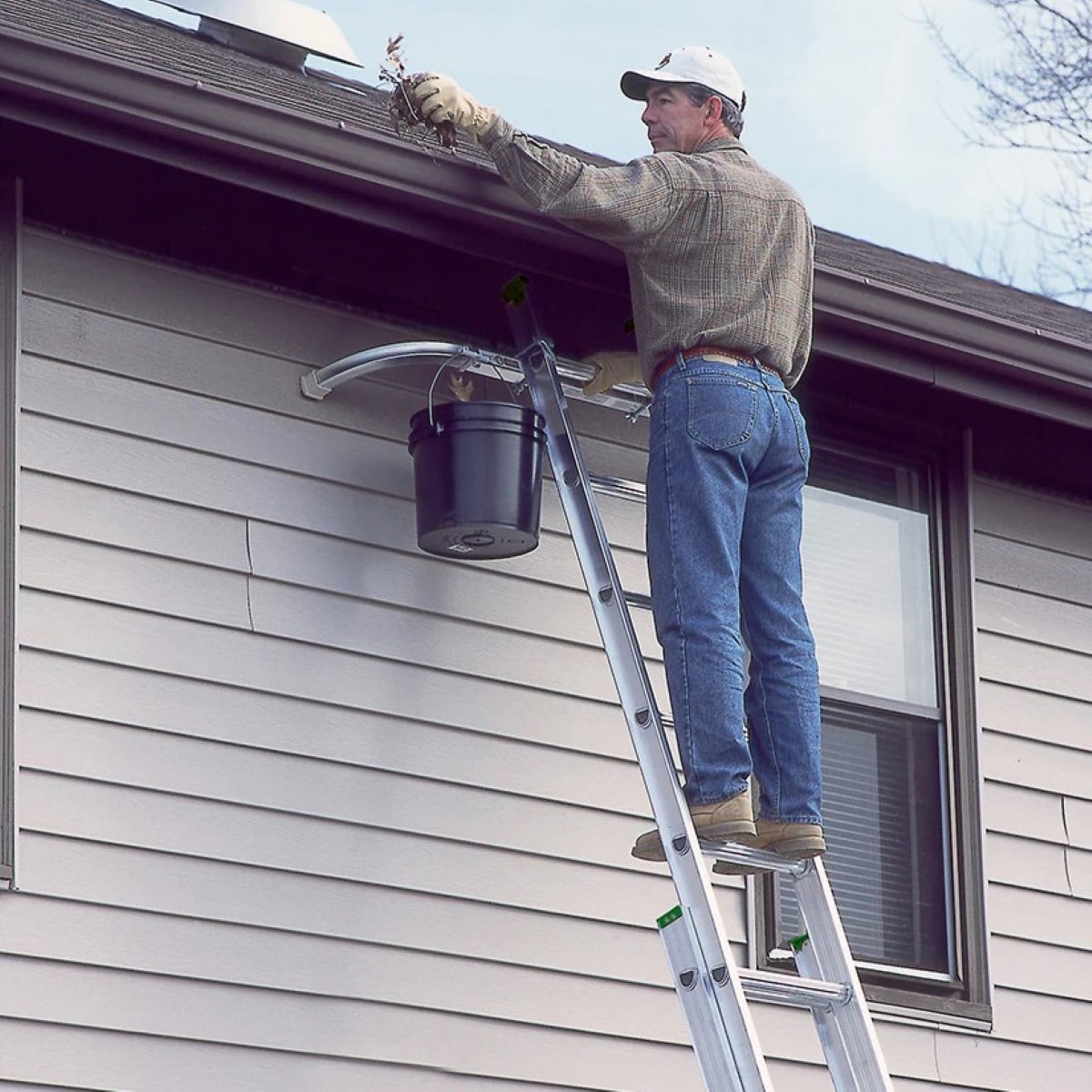
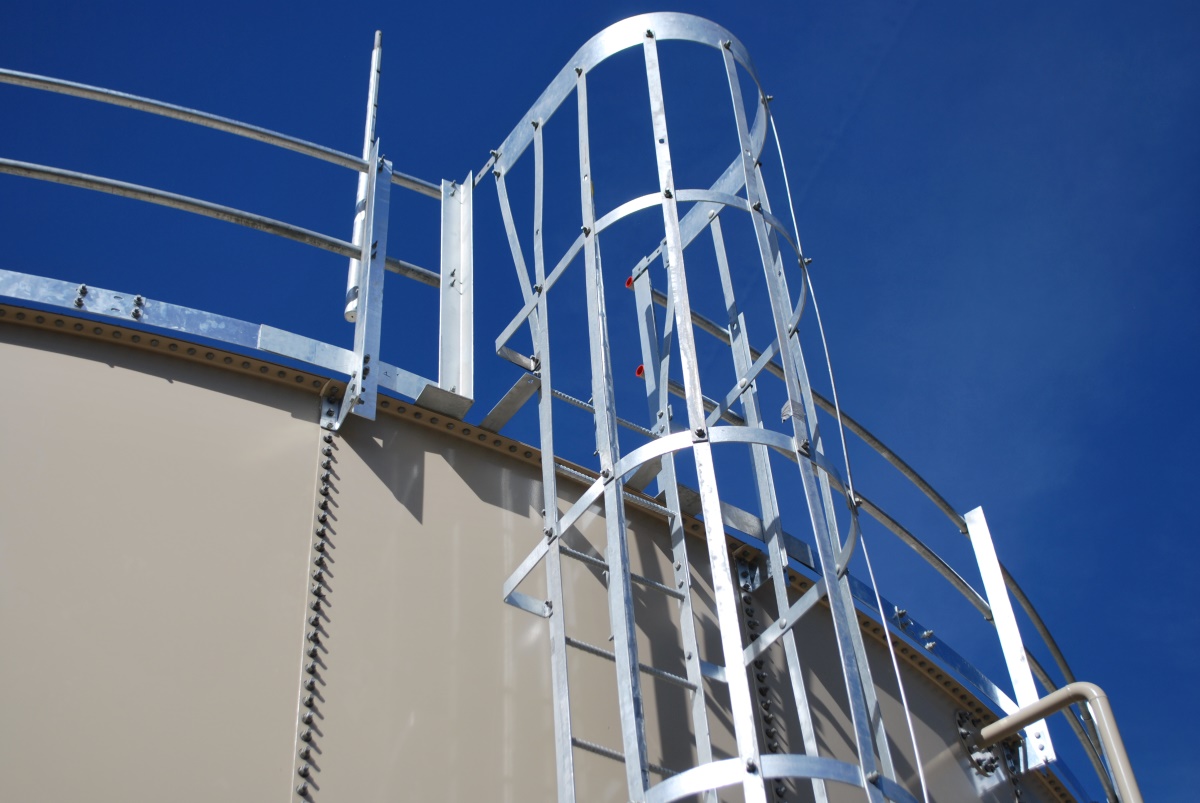

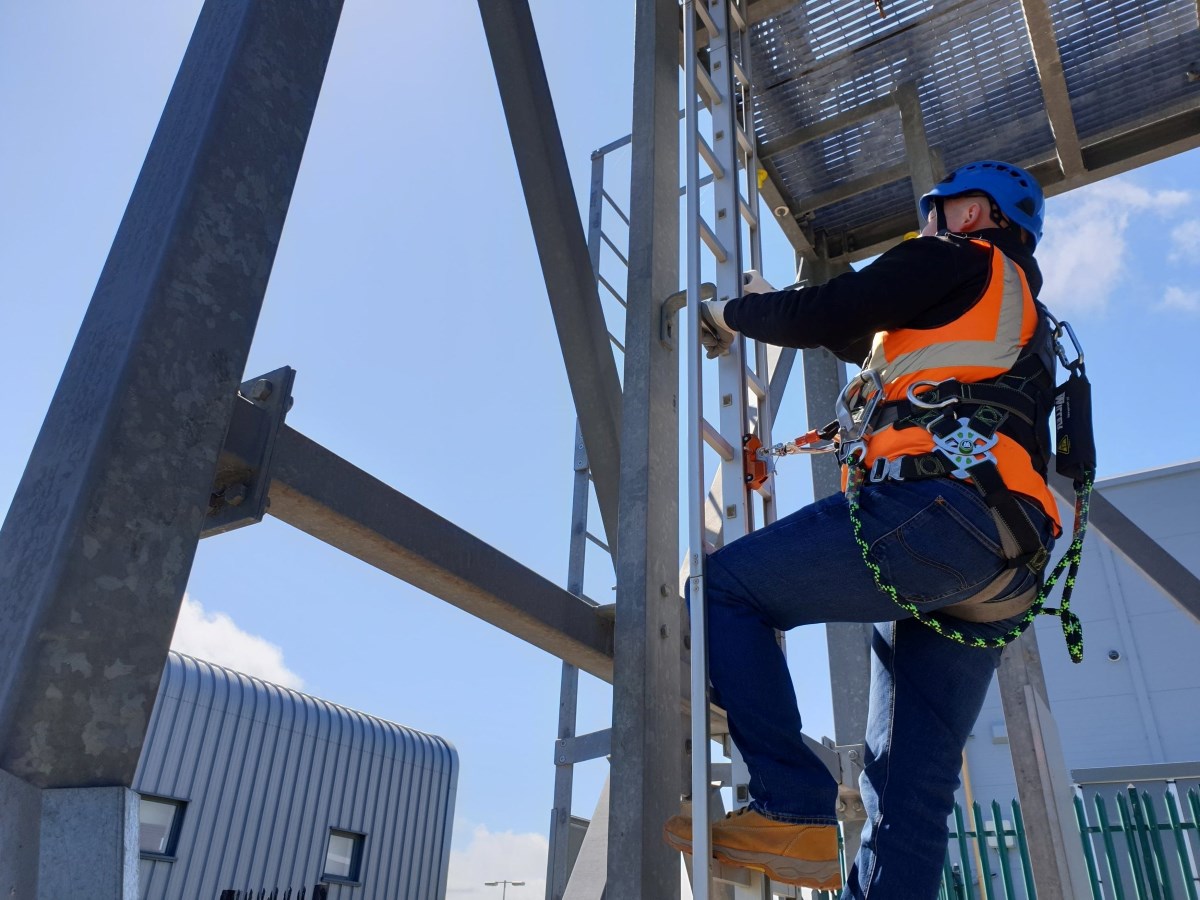

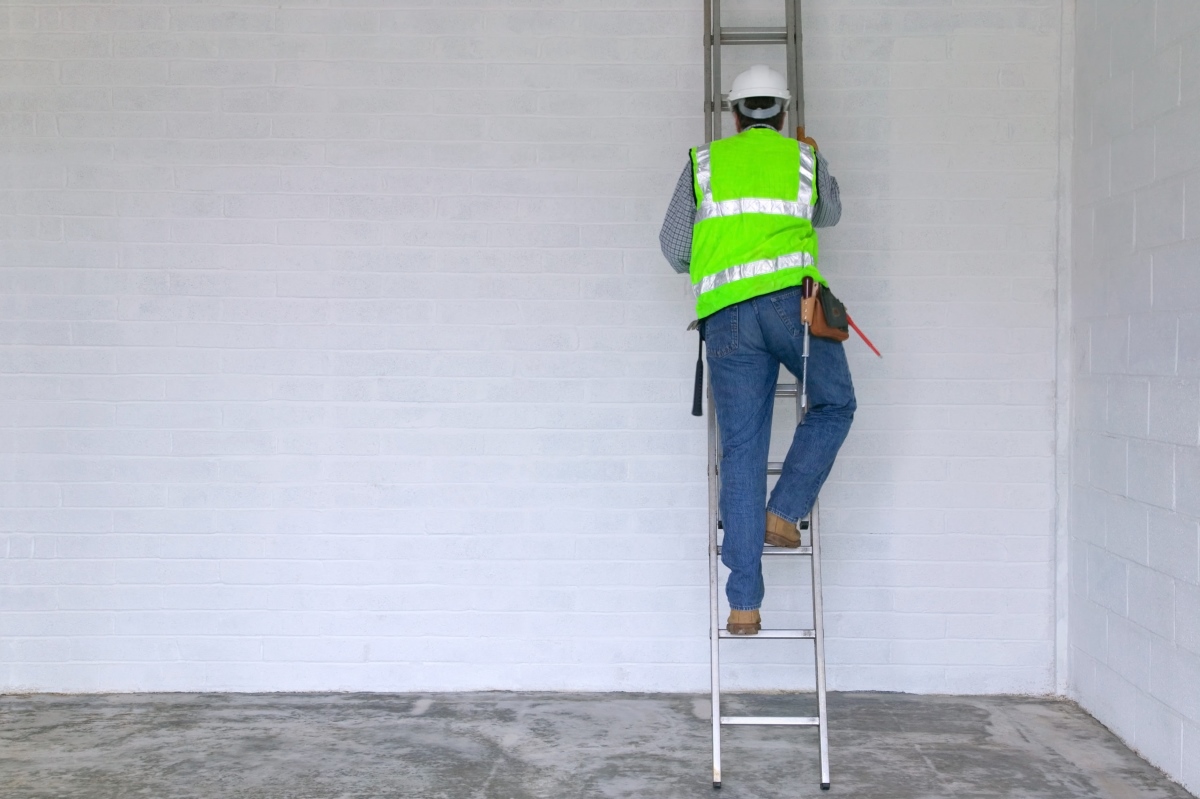

0 thoughts on “Safety Precautions When Using A Mobile Ladder With Handrails”